Congratulation to Dr Francesco Ferraro, who published his latest paper on Plos One.

The paper “Comparison of balance changes after inspiratory muscle or Otago exercise training” comes from Dr Ferraro`s PhD where, under the supervision of Professor McConnell, Dr Gavin and Associate Professor Wainwright, he looked at the effects of inspiratory muscle training on balance and physical performance with older adults.
This latest paper looks at the potential benefit of inspiratory muscle training as an alternative to standard balance training intervention. The findings of this pragmatic parallel study support the hypothesis that 8 weeks of unsupervised, individual, home-based inspiratory muscle training, improves balance ability to a similar extent to supervised, group-based balance training in healthy older adults.
The article is now fully available as open access here
https://doi.org/10.1371/journal.pone.0227379
–
Dr Ferraro.
fferraro@bournemouth.ac.uk
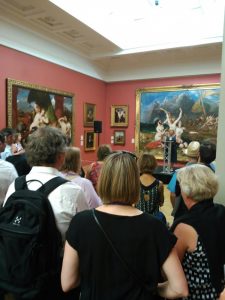

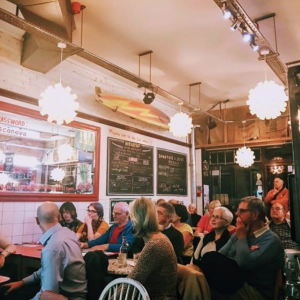
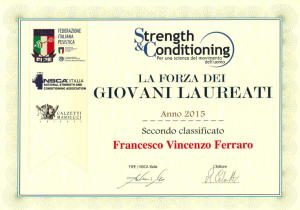
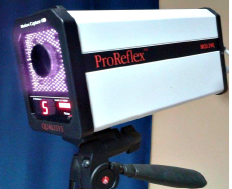 using a system of 8 QTM cameras and a force plate, I measured the effect of different tasks upon the static balance in 20 young volunteers.
using a system of 8 QTM cameras and a force plate, I measured the effect of different tasks upon the static balance in 20 young volunteers.
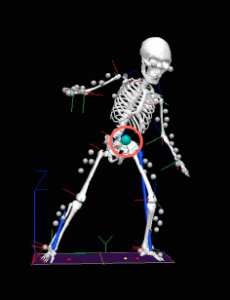 Special thanks go to the people who helped me at the
Special thanks go to the people who helped me at the 










 BU attendance at third annual GCPHR meeting in June
BU attendance at third annual GCPHR meeting in June Interactive Tangible and Intangible Heritage Applications – BU student work featured in new book chapter
Interactive Tangible and Intangible Heritage Applications – BU student work featured in new book chapter Second NIHR MIHERC meeting in Bournemouth this week
Second NIHR MIHERC meeting in Bournemouth this week MSCA Postdoctoral Fellowships 2025 Call
MSCA Postdoctoral Fellowships 2025 Call ERC Advanced Grant 2025 Webinar
ERC Advanced Grant 2025 Webinar Horizon Europe Work Programme 2025 Published
Horizon Europe Work Programme 2025 Published Horizon Europe 2025 Work Programme pre-Published
Horizon Europe 2025 Work Programme pre-Published Update on UKRO services
Update on UKRO services European research project exploring use of ‘virtual twins’ to better manage metabolic associated fatty liver disease
European research project exploring use of ‘virtual twins’ to better manage metabolic associated fatty liver disease